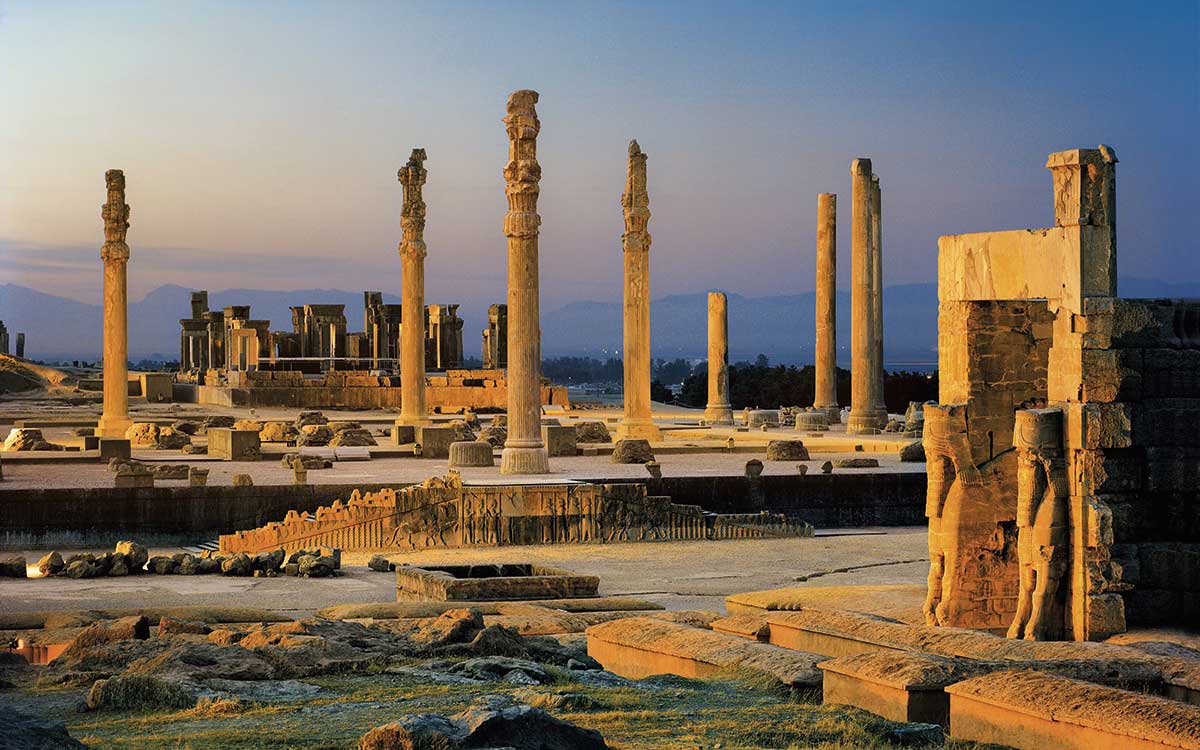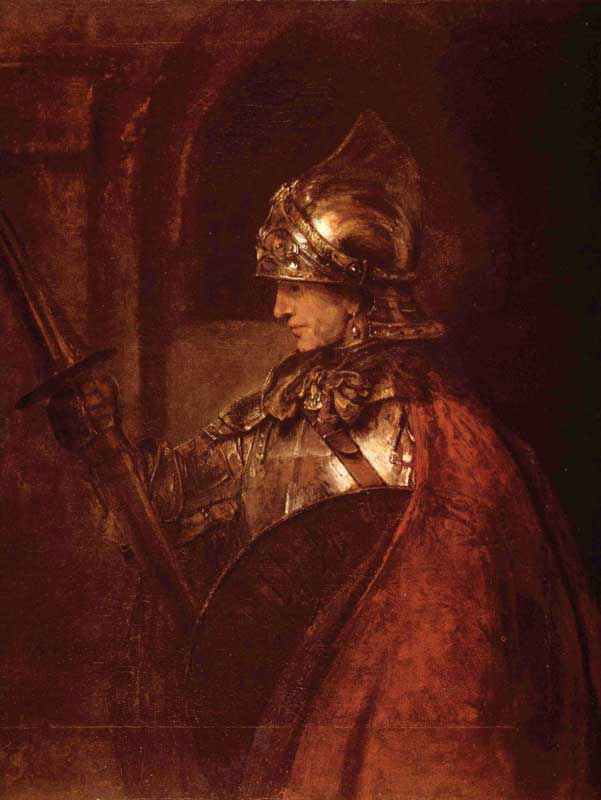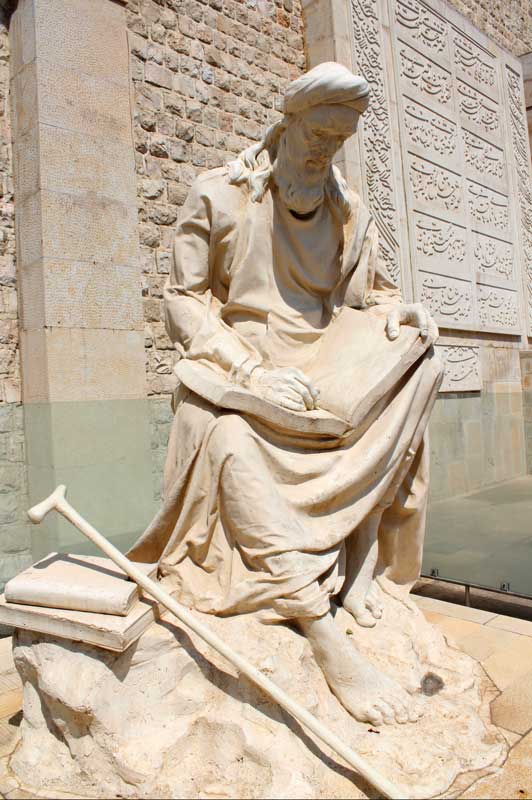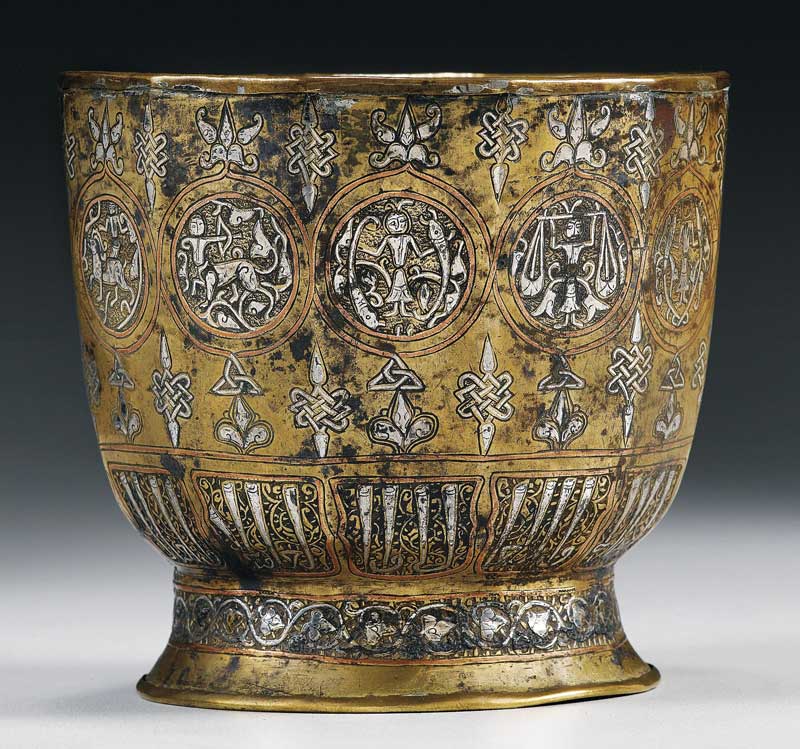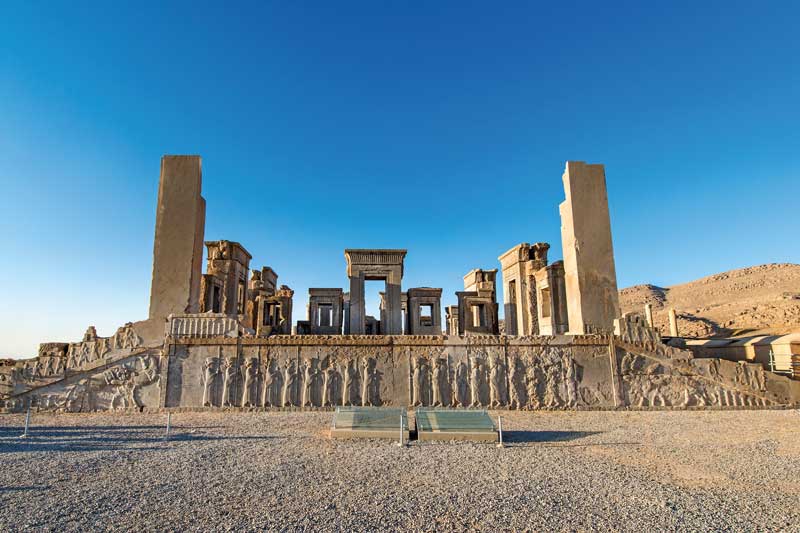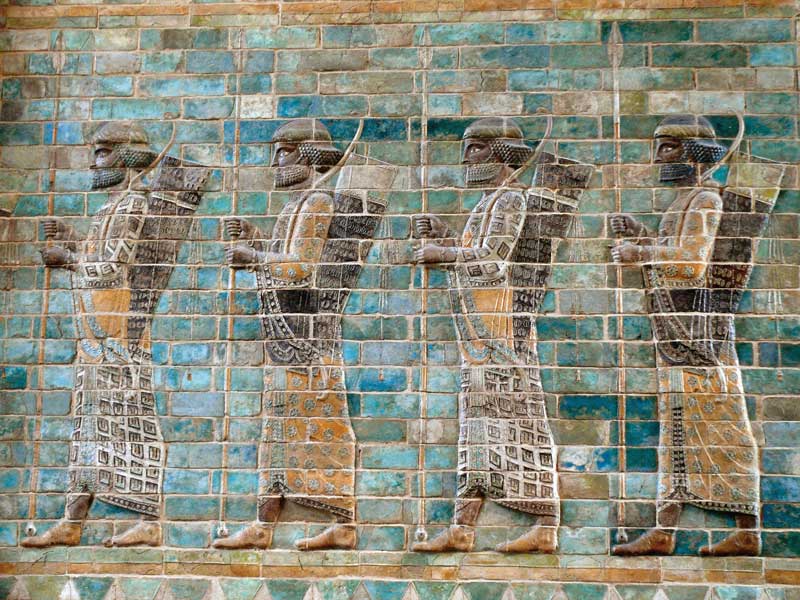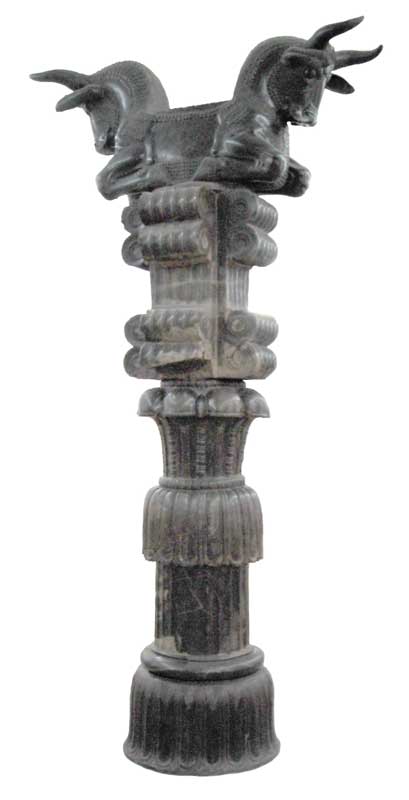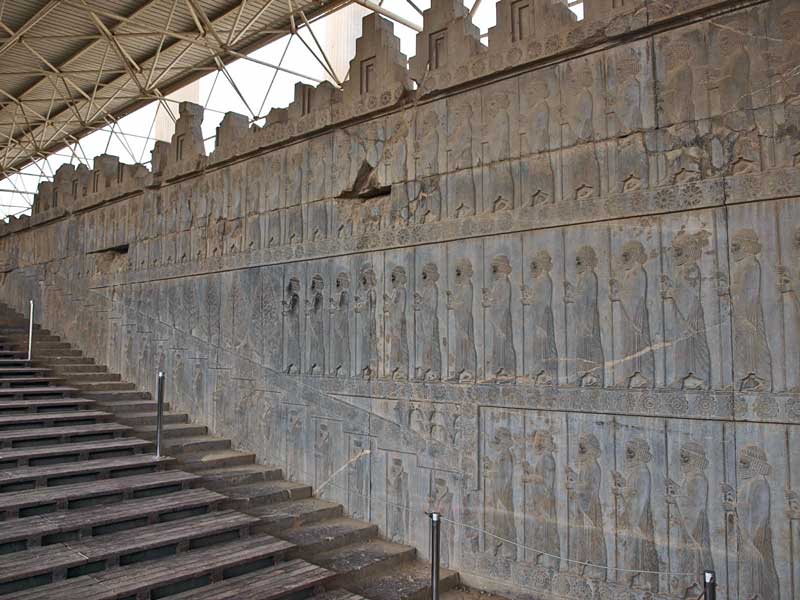Often, Persepolis is associated with Alexander the Great, and it’s quite accurate; it was this remarkably famous and tenacious character who actually saw this ceremonial city to its end. But long before entering its period of destruction, Persepolis was first envisioned by Cyrus the Great as early as 515 BC. However, it was until 550 BC that Darius I commissioned the construction of the iconic palaces and terraces. During his empire, Persepolis also became the official capital of Persia, but the rulers rarely used it due to its remote location, close to the city we currently know as Shiraz, in the Fars Province of Iran.
In 330 BC, the city, known even then as Persepolis, came to an end when Alexander the Great sent the majority of his troops to invade it. Alexander spent five months in this city before allowing his soldiers to loot it; fires caused fatal and nearly total destruction of the city. After this episode, around 316 BC, Persepolis remained as the capital of the Persian Empire, but now it was considered one of the provinces of the Macedonian Empire.
“Shall I pass by and leave you lying there because of the expeditions you led against Greece, or shall I set you up again because of your magnanimity and your virtues in other respects?.
Alexander the Great reflecting on a fallen statue of Xerxes, king of the Achaemenid dynasty of Persia
The Architecture of a Lost City
At first, Persians didn’t have a unique style in architecture. Their architecture was vastly influenced by the towns and cities they invaded during their empire. But by the end of their reign, they had created a style of their own. Persepolis is the greatest vestige of Persian architecture. This magnificent city was built on a 125,000 sqm terrace, where the grand palace stands along with the majestic Persepolitan stairway. This stairway was and still is, highly admired due to its impressive asymmetry and wide steps. The remains of this architectonic wonder can still be appreciated in the ruins of Persepolis to this day. Limestone and adobe were used as the primary materials for the construction of these structures. An innovative underground sewage tunnel was built into the city, in addition to a large cistern to collect rainwater for drinking and bathing.
Persian Art
One of the most emblematic sights in Persepolis is the artwork. From the very first time you lay eyes upon the remains, it’s easy to imagine the classic grandeur of the buildings, doors, and stairways, which are mostly identified due to their impressive sculptures and paintings that can still be appreciated on the site, and in the pieces now exhibited in museums. Most of the sculptures found in this ancient city are part of the bas-relief technique, and almost all of them are characterized by the figures that barely stand out from the overall flat background.
These sculptures also show mild influences from Egyptian and Greek techniques, proof that they took inspiration from them at some point. This style was so prominent in Persepolis that it can be found all over the columns, stairways, and walls of the city.
Overall, Persepolis is a city rich in history and culture. It was once recognized as the capital city of one of the biggest and most developed empires in history; it’s no mystery why the remains of this city attract so many archeologists, historians, and tourists nowadays. Persepolis stands as proof of how far these civilizations could go, and also how quickly they could be destroyed.
Text: Laura García ± Photo: KILAND / WIKIWAND / WPF AT / TRAVEL KOREA / WPD / NATIONAL GEOGRAPHIC / wps / TRA JREA / KOREA BIZWIRE / HRT

